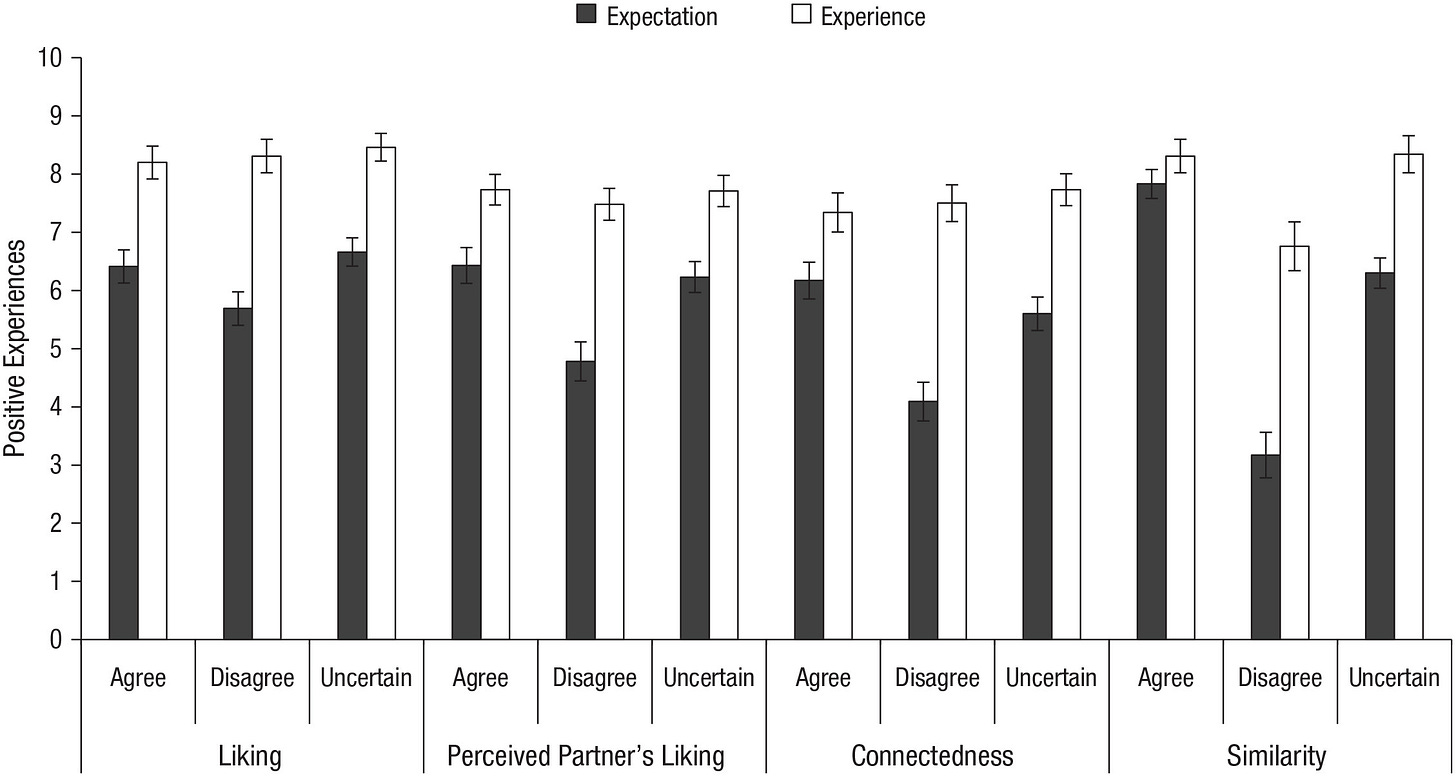Not What You Think — A Counterintuitive Strategy to Boost Motivation
New research makes a case for gratitude and why you should take a test in a classroom instead of a gym.
Welcome back to another Research Roundup — where I share recent studies and tidbits I’ve come across to help you counter stress and cultivate wellbeing.
We all have so much going on in our lives, so let me distill the research on wellbeing for you. Think of these quick bits as a personal apothecary that you can read, refer back to, and even send to a friend or loved one who might need a dose of practical, actionable strategies that are life-enhancing and resilience-building.
Here are this month’s positive prescriptions:
“Shoulding” and shaming doesn’t work - here’s what does
Historically, public health campaigns have evoked negative emotions, such as fear, shame, and sadness to capture attention and motivate behavior change. But bombarding people with graphic images and alarming messages rarely has the desired effect. That’s because making people feel bad tends to lead to avoidance and denial of the risks involved in the behavior. Nobody I know has ever said, “Wow, that photo of a cancer riddled lung really inspires me to quit smoking.” Instead they rip off the image or ignore it all together. Results of a new study published in Proceedings of the National Academy of Sciences (PNAS) suggest a more effective approach: cultivating gratitude. Researchers found that experiencing gratitude reduced cravings to smoke and encouraged people to take the first step to quit. Of note, the role of other positive emotions such as happiness, hope, inspiration, and serenity were measured but only gratitude consistently predicted reduced smoking. Making people feel sad significantly increased cravings for a cigarette.
Gratitude uniquely makes people less focused on themselves and on immediate gratification and more focused on long term relationships and health. To cultivate gratitude, participants were shown short video clips similar to this.
With this research in mind, next time you want to nudge a loved one to make a positive behavior change, instead of nagging or “shoulding,” ask them what they are grateful for.
Blame the architect for bad grades?
In the real estate world, the expression “location, location, location” captures how a property’s address determines its value and desirability. According to a new study, location might also have relevance for test takers. New research from the University of South Australia and Deakin University has revealed a link between rooms with high ceilings and poorer examination results. The study published in the Journal of Environmental Psychology explores the connection between building design and performance. The research team analyzed data from 15,400 undergraduate students between 2011-2019 at an Australian university, comparing students' exam results with ceiling heights of the room in which they sat for an examination. After considering individual student differences and their prior performance in coursework, they found that students had lower scores than expected when sitting exams in rooms with an elevated ceiling. It is unclear whether this is due to the scale of the cavernous room itself or factors such as student density or poor insulation which can lead to fluctuating body temperatures and undesirable air quality. I always disliked taking a test in a gym—it was the unflattering lighting that bugged me.
A pawsome antidote for anxiety
New research published in JAMA found evidence confirming what dog lovers already know: that connecting with a dog is good for mental health.
Many people have pets but not every owner is attached to their pet. According to the findings, attachment is key. The more attached participants were to their furry friend, the lower their risk of depression and anxiety. Using several different measures for depression and for anxiety, the Harvard researchers found that there is an inverse association between pet attachment and negative mental health outcomes. For the record, Panda and Schnitzel did not fund this study but have been demanding extra treats as a result of the findings.
What if talking across the aisle isn’t as bad as you think?
It’s good manners and common sense to avoid discussing potentially divisive topics with others. The assumption, of course, is that such conversations will inevitably become hostile, heated, and unpleasant. But what if these assumptions are wrong? A new study published in Psychological Science found that people’s beliefs about discussing disagreements may be miscalibrated.
According to the research, we systematically overestimate how negatively these conversations will go and underestimate how enjoyable they might be. The result of avoiding these topics is that it deepens the divide that keeps people from accurately understanding others’ perspectives and it prevents us from finding common ground. Talking more, not less, about divisive topics has the potential to leave us better connected and better informed. As Martin Luther King Jr. famously said,
“…I am convinced that men hate each other because they fear each other. They fear each other because they don’t know each other, and they don’t know each other because they don’t communicate with each other, and they don’t communicate with each other because they are separated from each other. And God grant that something will happen to open channels of communication…”
Recognizing the extent to which our fears are overblown could be a critical first step to opening the channels of communication that enable us to connect with each other more wisely, to know each other better, and fear each other less.












